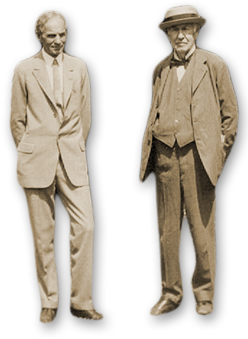Protecting Your Plants from the Cold
February 23, 2010
by Debbie Hughes, Estates Horticulturist
The recent frost and continued cold weather in Southwest Florida gave some insight into what the rest of the country has been experiencing all winter. Some of the foliage at the Estates, such as the soursop tree, didn’t fare too well in this weather.
The best way to see if there is still life in your frost-affected plants, is to cut a cross section and analyze the center of the stem; the pith should be yellowish-white. When examining the Estates’ soursop tree, the stem was blackish-brown. Cutting into the stems further down the stems was necessary because it may just be the tips that are dead.
Though it may be tempting to get rid of the dead growth once it has been damaged by the cold, you must resist! Pick the dead leaves off the stems and wait! The danger in trimming it off now is that there may be another cold spell to come. Trimming plants, shrubs and trees encourages tender new growth and susceptibility to more cold damage. Once spring-like weather is imminent, trim and fertilize to your heart’s delight. The warmer and longer days will bring most of your plants back to life.
A good rule of thumb for protecting plants that reside on the edge if their appropriate growing zone, is to stop trimming and fertilizing in October. Every plant has an optimum growing zone where it flourishes. For example, the soursop is a tropical fruit tree growing best in Zone 10 and 11. The Edison and Ford Winter Estates is located on the edge of Zone 9b and 10.
The only exception to this rule is made when fertilizing winter vegetables. Most of the vegetables at the Estates made it through the cold with the exception of basil and some tomatoes. Staff covered the tomatoes, and only a few had to be replanted. Now, our tomatoes are showing great promise with a few yellow flowers ready to burst into red ripe tomato fruit. Several varieties of our tomato plants are for sale in the Estates Garden Shoppe for only $4.


